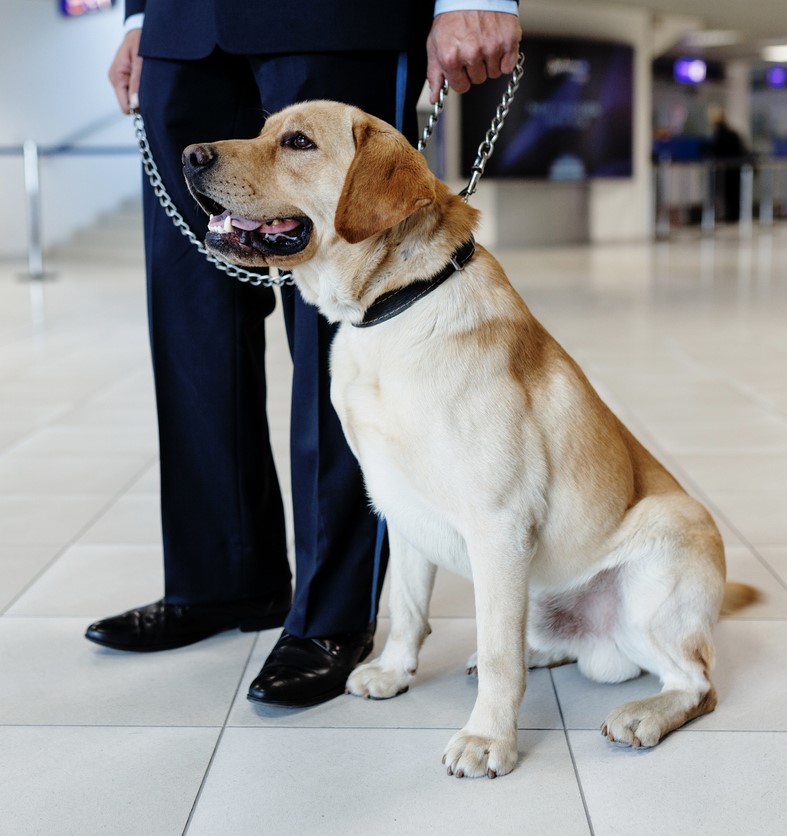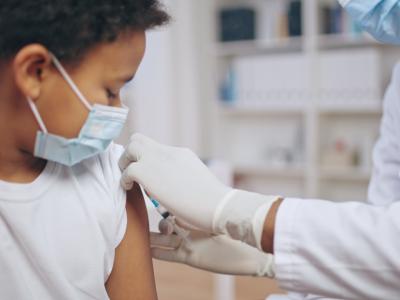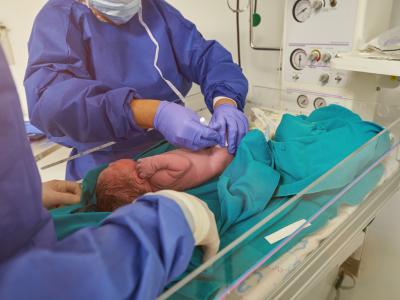
A meta-analysis of 27 studies today in the in Annals of Epidemiology reveals that dogs have more than 80% sensitivity and more than 90% specificity for detecting COVID-19 in people through scent, adding to the evidence that dogs are able to detect human disease.
Using dogs to detect COVID-19 emerged early in 2020, before diagnostic tests were easily available, and more than 70 groups in 60 countries have since performed research about how and if dogs could be deployed to test people infected with SARS-CoV-2. Historically, dogs' highly sensitive olfactory system has been used to detect a wide range of parasitic, bacterial, and viral infections in people, including malaria, Clostridium difficile, and bovine viral diarrhea.
In the 27 studies included in this analysis, dogs were tested on their ability to detect COVID-19 in sweat samples, saliva, masks, and urine. In six studies with high-quality data, ranges of sensitivity and specificity reached 82% to 97% and 83% to 100%, respectively, the authors said.
"The minimal requirements for rapid antigen tests according to the Paul Ehrlich Institute (Langen, Germany) should exceed 80% of sensitivity and 97% of specificity," the authors wrote. "The summarized results from this systematic review show that most SARS-CoV-2 canine scent detection is within or even above these requirements."
Public spaces and crowds of people sensitive to pandemic dynamics can greatly benefit from the speed of canine detection.
Because dogs are able to make scent detections in seconds, they have been used in real-time population-screening scenarios, such as airports and mass gatherings. Even with the emergence of rapid at-home and point-of-care tests, canine detection has a current role in COVID-19 detection, and will likely play a role in future pandemics, the researchers asserted.
"Public spaces and crowds of people sensitive to pandemic dynamics (schools, airports, events, etc.) can greatly benefit from the speed of canine detection," the authors concluded. "Although dogs are not, and should not be, the sole means of pandemic control, they can provide an additional and relatively cost-effective testing strategy."
 Among 136 US survey respondents who reported receiving an incentive to get vaccinated against COVID-19, 64% said they would have done so anyway, according to a
Among 136 US survey respondents who reported receiving an incentive to get vaccinated against COVID-19, 64% said they would have done so anyway, according to a 










